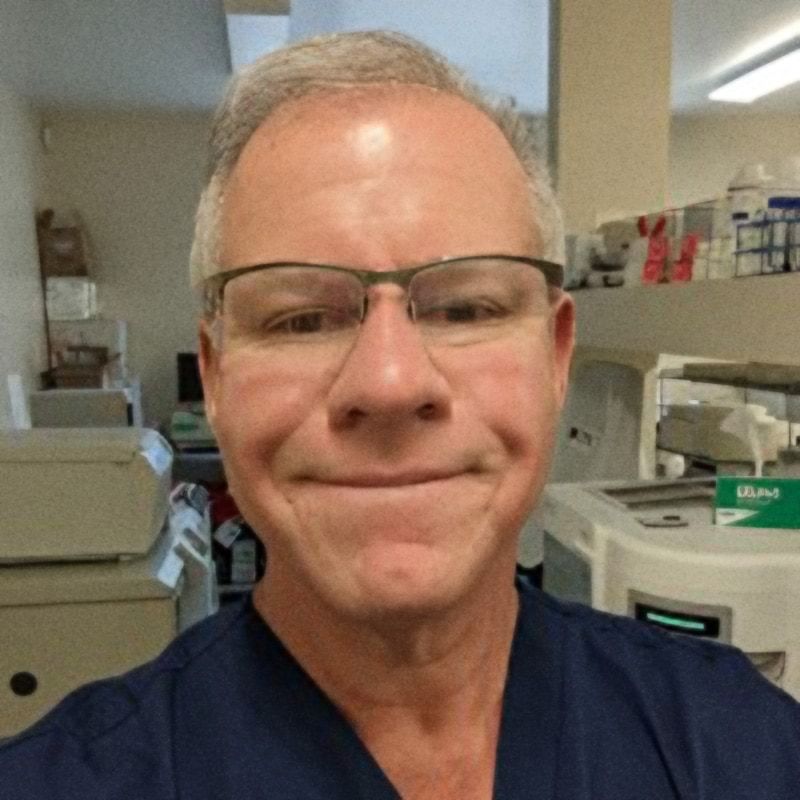Exercise and Stem Cells
Does exercise improve stem cells? We often get asked by patients how they can improve the health of their stem cells before we harvest these cells. Our data through the years has shown strong trends toward more active patients getting better results when their own stem cells are used to treat orthopedic injuries. As a result, we’ve told patients for years to improve their diet, lay off the carbs, and exercise more if they want to optimize their stem cells for therapy. While there has been some research that supports that this is the case, the story has been unfolding in the published literature. A recent study just published yesterday adds credence to the concept by showing that exercise helped the normal age related decline in bone forming ability in stem cells taken from older animals. What else is published demonstrating that exercise can improve stem cell quality or function? Research in humans has also shown that circulating stem cell levels are increased after strenuous exercise. Other human studies have shown that very intense exercise can cause stem cells to mobilize from the bone marrow into the blood circulation. There’s even an interesting study on athletes that also demonstrated that just exposing stem cells to the blood serum of individuals who had exercised hard helped the cells migrate and function better. Finally, exercise also seems to benefit the stem cells in our bodies that are responsible for forming new blood vessels. The upshot? To quote an old commercial, “Just Do It!”.

If you have questions or comments about this blog post, please email us at [email protected]
NOTE: This blog post provides general information to help the reader better understand regenerative medicine, musculoskeletal health, and related subjects. All content provided in this blog, website, or any linked materials, including text, graphics, images, patient profiles, outcomes, and information, are not intended and should not be considered or used as a substitute for medical advice, diagnosis, or treatment. Please always consult with a professional and certified healthcare provider to discuss if a treatment is right for you.
